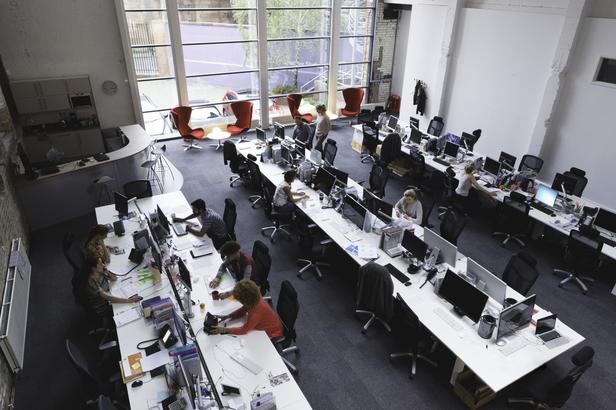As of September 2022, only 42% of offices in London were occupied. This is higher than during the pandemic, but still lower than what pre-pandemic levels were like. This drop in occupancy can be attributed to the surge of the hybrid work model that was being experimented during the lockdowns. While this working model has been received positively amongst employees, businesses have had to re-evaluate their use of space to accommodate this new trend, either by downsizing or repurposing. Whatever the decision might be, having access to your office’s occupancy data could help you validate the viability of new office layouts, and create fit-for-purpose spaces that save you energy.
Here are two reasons why you should be collecting occupancy data in your office spaces.
Energy savings
Occupancy data could help you make your office spaces more sustainable by saving you energy. Basically, by knowing your occupancy patterns, you are able to better understand on and off peaks. This gives you a granular view of your average occupancy rate per day. Depending on what your average occupancy is, you can adjust heating and ventilation as well as lighting so no energy is wasted when your building's occupancy is low.
Savings go even further; you can also alter maintenance, staff and cleaning rotas based on actual demand. To give you an example, if your office experiences low occupancy rates on Mondays and Fridays mornings, you can adjust your heating so it doesn’t consume as much energy on these specific days. The same goes for cleaning, lighting and maintenance.
Fit-For-Purpose Spaces
Real estate costs are high, especially in large cities. The rise of hybrid working has led many businesses to consider solutions to help them restructure their spaces to be more cost-efficient. The aim is to offer human-centric space where you use only what is needed for the space to operate smoothly, while at the same time, create a pleasant, more collaborative space for your employees. With your occupancy reports on hand, you can gain insights on where your employees tend to spend more time and predict what would accommodate this pattern best. This is one of the advantages of offering fit-for-purpose spaces. Not only it’s saving you energy and making your employees happier, it also helps ensure you’re on track to achieving your sustainability and climate goals.
Understanding your occupancy rates is therefore tantamount to the success of your business. It contributes to happier, more productive employees who can flexibly use their office space whilst saving you energy .













